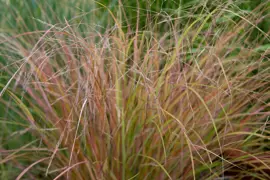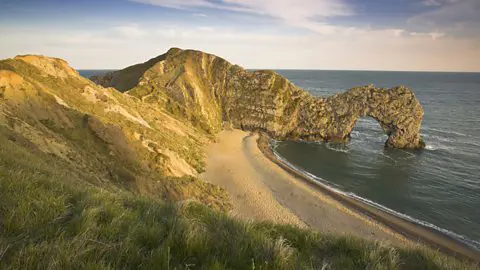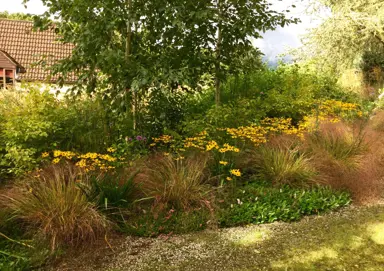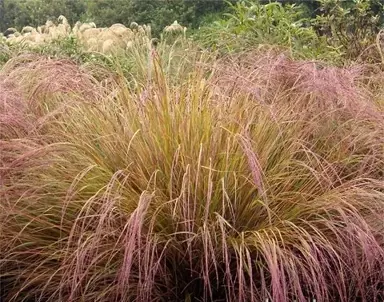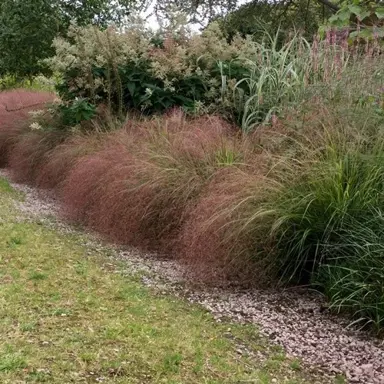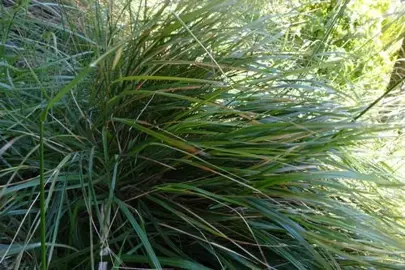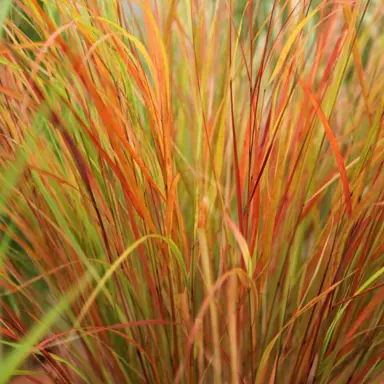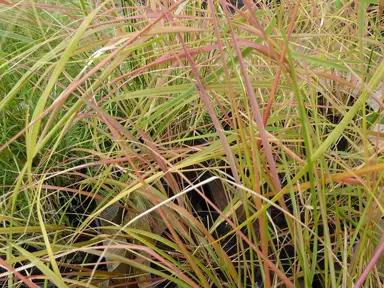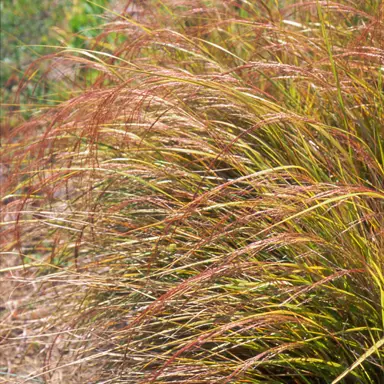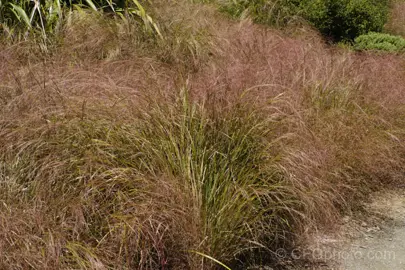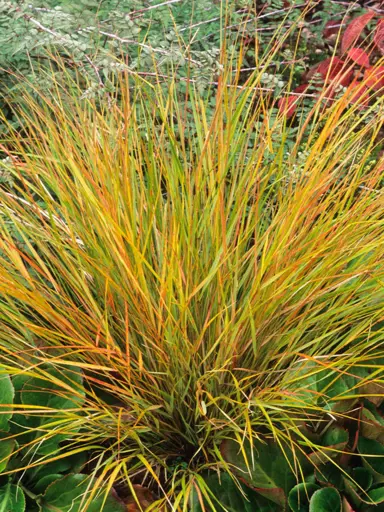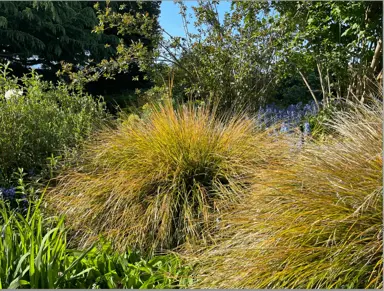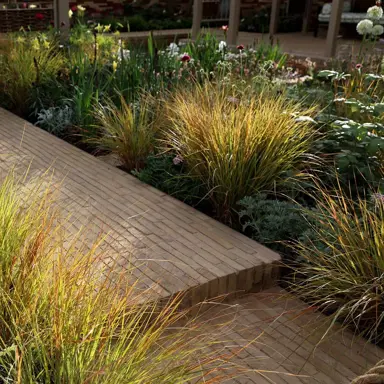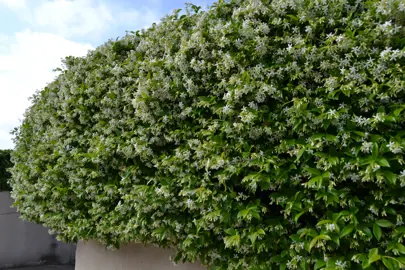Anemanthele lessoniana Fertiliser
Anemanthele lessoniana are vigorous plants that require feeding to keep them growing optimally. The Plant Company’s native fertiliser has been blended to give plants the boost they need and then sustained nutrition for the next 12 months. We recommend the fertiliser is applied to the soil surface in spring just as the plants start to grow actively. More importantly, we advise that no fertiliser is placed in the hole at planting, but rather spread around the soil surface so it can wash through the roots as it releases. The Plant Company’s native fertiliser ensures that nutrients remain in the soil around the plant rather than being lost through the soil profile to where the plant cannot reach it. This also applies to plants grown on sandy soils. This fertiliser is therefore very environmentally friendly and longer lasting than most other products in the market.
